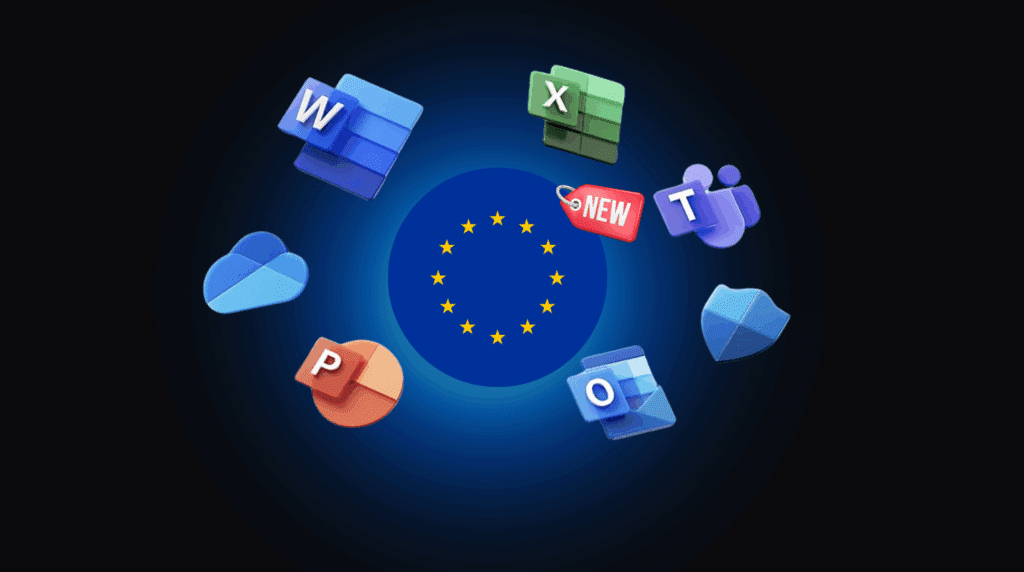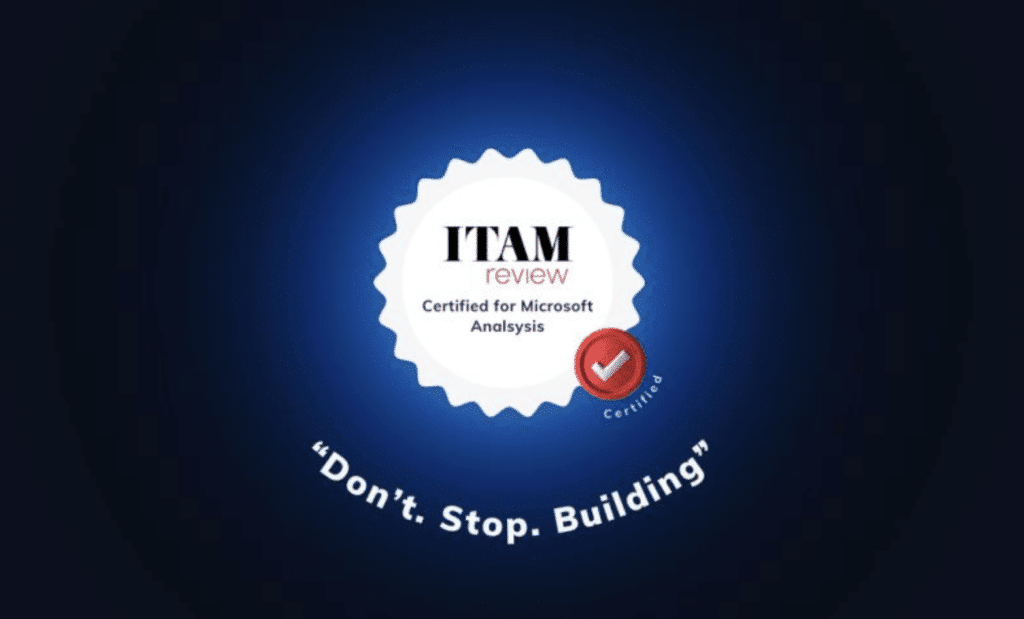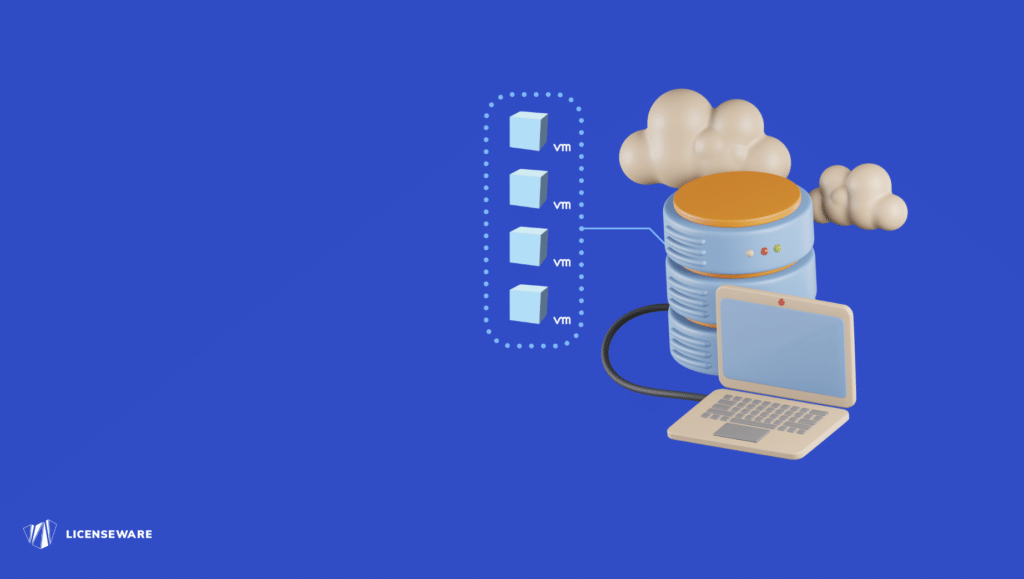Microsoft
Microsoft Faces Major UK Class Action Over Software Licensing Practices
Microsoft is under legal scrutiny in the UK, facing one of the country’s largest class action lawsuits concerning its software licensing strategies. The lawsuit alleges that Microsoft has abused its market dominance by imposing restrictive licensing practices, leading to inflated prices for consumers and businesses. Allegations of Market Abuse The core of the lawsuit centers…
Read MoreUncovering Hidden Costs: How Poor Microsoft License Management Impacts Your IT Budget
In today’s digital workplace, Microsoft licensing represents a significant investment for organizations of all sizes. While the sticker price of licenses is clear, many IT leaders are surprised by the hidden costs that emerge over time. These unexpected expenses can silently drain budgets and create financial strain if not properly managed. For IT managers, CIOs,…
Read MoreMicrosoft’s New European Cloud Commitments: A Turning Point for Licensing and Digital Sovereignty
On April 30, 2025, Microsoft announced a set of updated commitments designed to address European concerns around digital sovereignty, fair competition, and cloud market dynamics. Titled the “European Cloud Principles” and framed within a broader “European Cloud Customer Commitment,” the move responds to growing regulatory scrutiny across the EU and attempts to align more closely…
Read MoreUS Federal CIO Mandates Software License Inventory: What It Means for SAM and Why It Matters Now
In a significant move to enhance software asset management (SAM) across U.S. federal agencies, newly appointed Federal CIO Greg Barbaccia has mandated a comprehensive inventory of software licenses. By April 2, 2025, agency CIOs are required to report all licenses held with the government’s top five software vendors: Microsoft, Adobe, Salesforce, Oracle, and ServiceNow. This…
Read MoreUpcoming Price Increase and Changes to Microsoft On-Prem Server Licensing
Microsoft has announced significant licensing and pricing changes for its on-premises server products, effective July 1, 2025. These updates will impact organizations relying on Exchange Server, Skype for Business Server, and SharePoint Server. As the software asset management (SAM) landscape evolves, understanding these changes is crucial for maintaining compliance and optimizing costs. What’s Changing? 1.…
Read MoreFrom Microsoft to Open Source: How One German State is Rewriting the Rules of Public Sector IT
In the north of Germany, nestled between the North Sea and the Baltic, something radical is happening, and it’s not just the bracing sea air. Schleswig-Holstein, a state better known for its coastal towns and rolling countryside, has become ground zero for a digital revolution that could send ripples across Europe’s public sector. The mission?…
Read MoreNavigating Data Sovereignty: How Microsoft’s EU Compliance Battle is Reshaping Licensing and SAM
In March 2024, the European Data Protection Supervisor (EDPS) ruled that the European Commission’s use of Microsoft 365 violated EU data protection laws. Over a year later, the issue remains unresolved, highlighting ongoing challenges in compliance, data sovereignty, and licensing strategies across the Software Asset Management (SAM) landscape. Microsoft’s Response and Ongoing Legal Battle Microsoft…
Read More‘Microsoft License Management’ Certification by The ITAM Review!
We’re excited to announce that Licenseware has officially earned the ‘Microsoft License Management’ Certification from The ITAM Review! 🏆 What This Means This certification is a major milestone for us, as it validates our ability to provide accurate, efficient, and effective solutions for managing Microsoft licenses. The ITAM Review’s evaluation process ensures that certified tools…
Read MoreSimplifying SQL Licensing with Maximum Virtualisation Analysis
Understanding licensing can be a tricky affair for many. To make your life easier, let’s delve into the simplified world of SQL Licensing. In this blog post, we’re thrilled to introduce you to our groundbreaking Maximum Virtualisation Table! Gone are the days when you needed to be a licensing expert to navigate SQL VMs and…
Read MoreMicrosoft Product Terms update for July 2023
Microsoft has released an update to its Product Terms for July 2023. The update includes a number of changes, including: The full text of the July 2023 update to the Microsoft Product Terms is available on the Microsoft website. What does this mean for you? If you are a Microsoft customer, you should review the…
Read MoreMicrosoft Announces Consistent Global Pricing for the Microsoft Cloud
Microsoft has announced that it is aligning the pricing of its Microsoft Cloud products globally. This means that customers in all regions will pay the same price for Microsoft Cloud services, regardless of their local currency. The new pricing will take effect on April 1, 2023. Microsoft says that the move to consistent global pricing…
Read MoreMicrosoft Deployment Manager app updates: SQL Server report
We’re thrilled to share the recent Microsoft Deployment Manager app updates. Specifically, we are discussing exciting modifications within the SQL Server report – because more SQL updates are always good news! The new changes have streamlined how you interact with the SQL Server licensing data, focusing on the highlights instead of every individual install. High-Level…
Read MoreUnderstanding Microsoft Licensing: What You Need to Know
In today’s business environment, technology plays a crucial role in helping businesses stay competitive. Microsoft is a giant in the technology world, offering a broad range of software products that businesses use to manage their operations. However, obtaining the right licenses for Microsoft products can be a complex and challenging process. If you are trying…
Read MoreWhat are the licensing implications of deploying Microsoft products in hybrid environments?
Deploying Microsoft products in hybrid environments, where a combination of on-premises and cloud-based infrastructure is used, can introduce complexities in terms of licensing compliance and cost optimization. Here are some key licensing implications to consider when deploying Microsoft products in hybrid environments: License Mobility Microsoft License Mobility is a feature that allows certain eligible software…
Read MoreMicrosoft SPLA: benefits, drawbacks, and negotiation tips
Microsoft Services Provider License Agreement (SPLA) is a licensing program that allows service providers to offer Microsoft software as a service to their customers. This includes software such as Windows Server, SQL Server, SharePoint, and Exchange Server. In this blog post, we’ll explore the benefits and drawbacks of the Microsoft SPLA program and provide some…
Read MoreWhat is the role of Microsoft License Mobility in moving licenses between on-prem and cloud environments?
Microsoft License Mobility is a Software Assurance benefit that plays a crucial role in allowing organizations to move eligible licenses between on-premises and cloud environments without incurring additional licensing costs. License Mobility simplifies the transition to cloud-based solutions and promotes flexibility in deploying Microsoft applications. The key aspects of Microsoft License Mobility include: TLDR Microsoft…
Read MoreWhat you need to know about the Microsoft Product Terms document
The Microsoft Product Terms document is a comprehensive guide that outlines the licensing terms and conditions for Microsoft software products. It provides information on licensing models, pricing, and product use rights, among other things. In this blog post, we will discuss the Microsoft Product Terms document and its importance for organisations that use and invested…
Read MoreHistory of Microsoft SQL Server
Microsoft SQL Server, commonly known as Windows SQL Server, is a relational database management system developed by Microsoft. It has become one of the most widely used database management systems globally. In this blog post, we will discuss the history of Windows SQL Server and how it has evolved over the years. The first version…
Read MoreMicrosoft Open Agreement: benefits, drawbacks, and negotiation tips
Microsoft’s Open License Agreement is a popular licensing program that enables businesses to purchase Microsoft software licenses in a flexible and cost-effective manner. In this blog post, we’ll explore the benefits and drawbacks of the Open License Agreement, as well as provide some negotiation tips for businesses looking to make the most of this program.…
Read MoreMicrosoft CAL Suite Licenses Explained
A CAL Suite is a single license that provides access rights to multiple Microsoft products and services, reducing the number of licenses you need to keep track of. CAL Suites can be licensed on either a per-user or per-device basis, making it easier to manage access rights for your team. In addition, CAL Suites may…
Read More

















